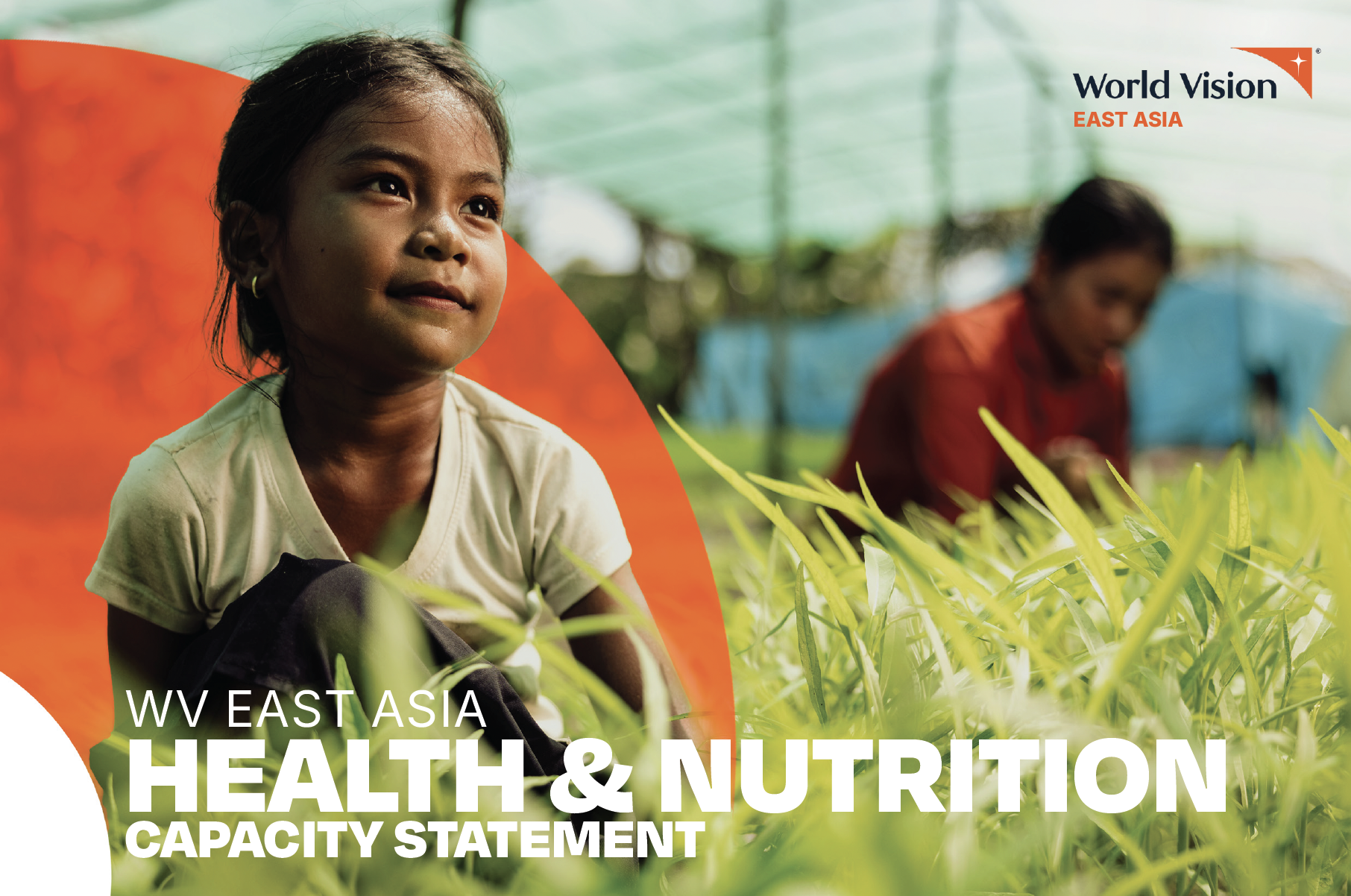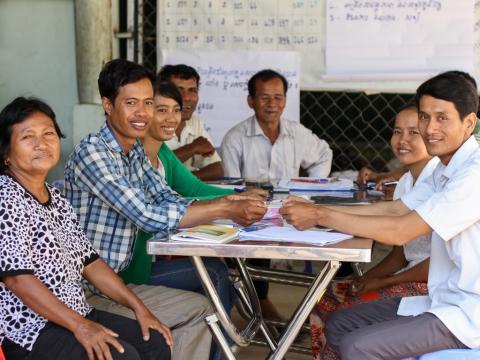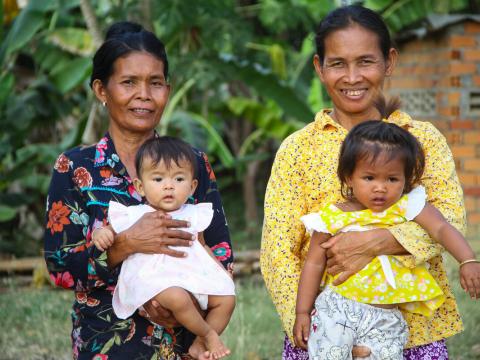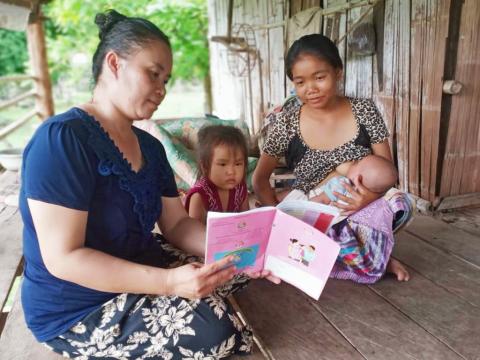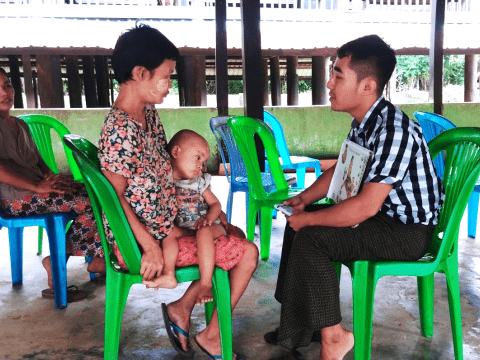Every child has enough to eat
Access to good health and nutrition for children and their communities
Children under five are still dying every day — many from illnesses that could be prevented: pneumonia, malaria – even diarrhoea. At World Vision, we envision a world where every child is well-nourished as good nutrition is an essential foundation for health and development. Our goal is to ensure that children and expectant mothers across our programming reach are enjoy good nutrition and health.
To achieve this goal, we implement integrated and evidence-based approaches to address the root causes of malnutrition and poor maternal and newborn health while strengthening local health systems and structures. Through World Vision’s social accountability projects, government service providers have become more responsive to citizens' concerns, proposing and implementing solutions to the issues raised by the community and thus improving the quality of local public services.
SDGs supported:

Key statistics
There's still much work to be done to ensure access to good health and nutrition for the most vulnerable children and their communities.
Our impact in East Asia
We envision a world where every child, woman and adolescent girl is well-nourished.
Our approach to a world where every child is well-nourished
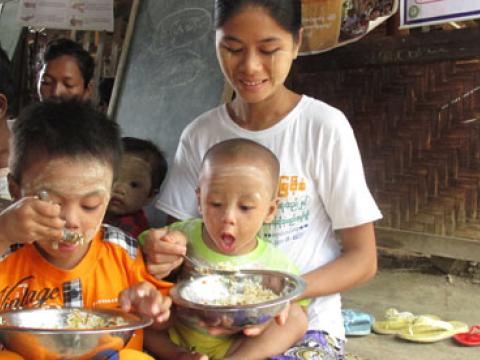
Food-Based Approaches
Positive Deviance/Hearth is a community- and food-based approach using locally available, low-cost, nutrient-dense ingredients to reduce the prevalence of malnutrition among children under five years old, build local capacity to treat malnourished children and sustain their rehabilitation, and prevent future malnutrition among all children in the community.

Infant and Young Child Feeding
Protecting and promoting safe and appropriate infant and young child feeding practices is essential for both the prevention and treatment of malnutrition. We focus on promoting and supporting exclusive breastfeeding and optimal complementary feeding for mothers and their children.
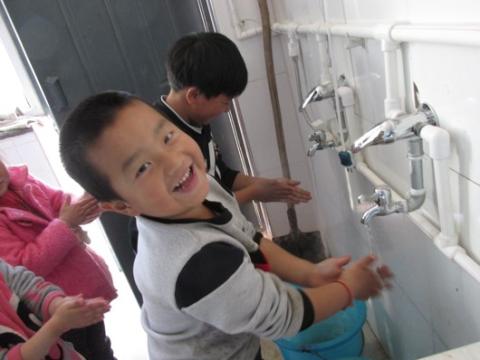
Water, Sanitation and Hygiene
World Vision’s WASH programming supports communities with improved and dignified access to climate-resilient, safe, and reliable water and sanitation facilities and services. We work alongside local communities and community groups to strengthen water management, improve access to and use of sanitation facilities such as latrines, and improve hygiene practices.
Stories of hope
The true indicator of our success comes directly from the children and the communities. These stories only come to life because of your generosity and support which enable us to bring positive change in the lives of the most vulnerable children across East Asia.
